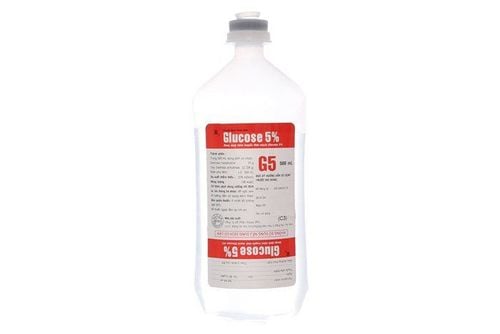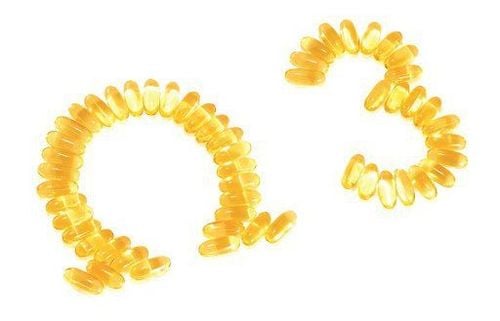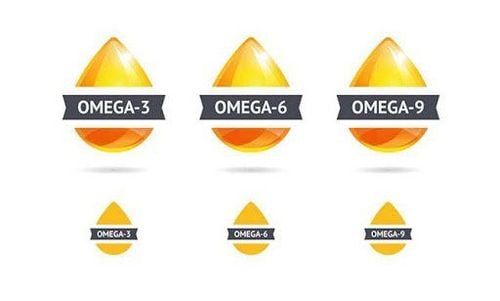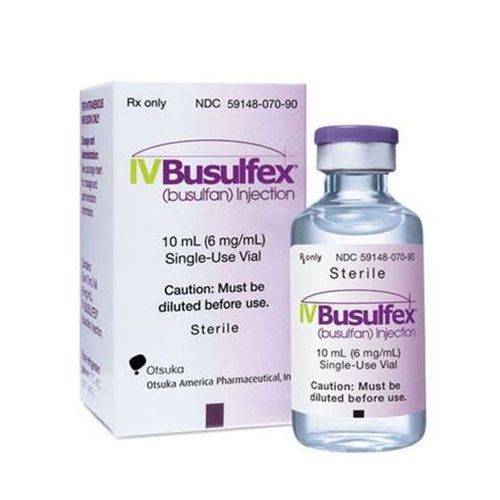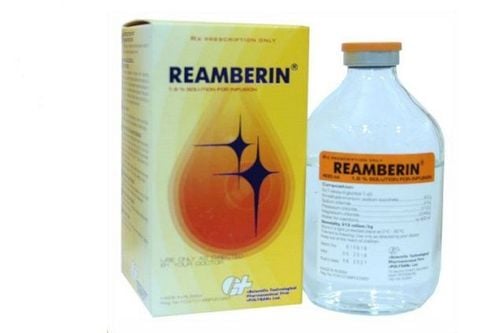This is an automatically translated article.
Smofkabiven is an intravenous nutrient solution. People nourished with this solution should be checked before and during the infusion to make sure there are no unwanted effects. So who needs to use Smofkabiven?
1. What is Smofkabiven Peripheral?
Smofkabiven Peripheral is a mixed nourishing solution prepared as an emulsion for intravenous infusion.
The medicine has a three-compartment bag structure with detachable septums and an outer sheath. In separate compartments, there are corresponding solutions including: 13% glucose solution, amino acid solution with electrolytes, 20% fat emulsion. Glucose and amino acid solutions are clear, colorless or slightly yellowish, without clouding. Fat emulsion is white, homogeneous.
Smofkabiven Peripheral has two forms of capacity with different content of ingredients in each form, namely:
1206 ml containing 656 ml of 13% glucose solution, 380ml of amino acid solution with electrolytes, 170ml of fat emulsion 20%. In which the drug contains 85g anhydrous glucose, 38g amino acids, 6.2g nitrogen, 34g lipid, electrolytes (30 mmol sodium, 23mmol Potassium, 3.8 mmol Magnesium, 1.9mmol Calcium, 9.9 mmol Phosphate, 0.03 mmol Zinc, 3.8 mmol Sulphate, 27mmol Chloride, 79mmol Acetate and some other excipients
1448 ml contains 788 ml of 13% glucose solution, 456 ml of amino acid solution with electrolytes, 204 ml of fat emulsion 20% of which the drug contains 103g of anhydrous glucose, 46g of amino acids, 7.4g of nitrogen, 41g of lipids, electrolytes (36 mmol Sodium, 28mmol Potassium, 4.6 mmol Magnesium, 2.3mmol Calcium, 11.9mmol Phosphate, 0.03 mmol Zinc, 4.6mmol Sulphate, 32mmol Chloride, 96mmol Acetate and some other excipients.
2. What effect does Smofkabiven have?
The fat emulsion ingredients in Smofkabiven include soybean oil, medium-chain triglycerides, olive oil and fish oil to help the body replenish a high amount of energy and some essential amino acids.
The amino acid solution with electrolytes provides amino acids found in common food proteins that are used to synthesize tissues and participate in many other metabolic processes in the body. Glucose in the drug Smofkabiven works to help support and maintain the normal nutritional status of the body.
Due to the above effects, Smofkabiven is indicated for use in adults in a situation where dietary supplements cannot be taken or are insufficient or contraindicated.
3. Dosage and how to use Smofkabiven
Before use, remove the outer cover, mix the compartments so that the ingredients are completely mixed together. After mixing you will get a white solution.
The dose and rate of infusion of Smofkabiven depend on the nutritional needs, fat clearance, nitrogen and glucose metabolism of each patient.
Dosage ranges from 20ml to 40ml Smofkabiven Peripheral per kilogram of body weight in a day. The maximum dose varies according to the clinical condition of the patient and may vary from day to day. Recommended maximum daily dose is 40 ml/kg body weight.
Do not give Smofkabiven to children.
The drug is administered via a central or peripheral intravenous line.
The maximum infusion rate for glucose is 0.25 g/kg b.w., for amino acids is 0.1 g/kg b.w., and for fat is 0.18 g/kg every hour.
The infusion rate should not exceed 3.0 ml/kg body weight per hour (corresponding to 0.21 g glucose, 0.10 g amino acids, and 0.08 g fat/kg body weight per hour).
Suggested transmission time from about 14 to 24 hours.
Do not use products with damaged or discolored packaging.
Leftover product must be discarded after first use.
Store the medicine in its original packaging, at a temperature not exceeding 30 degrees Celsius, do not freeze.
4. Special notes when using Smofkabiven
Smofkabiven must not be used if you are one of the following:
Allergy to fish proteins, soy, eggs, or peanuts or to any of the ingredients. Very high blood lipids Severe liver failure Severe blood clotting disorders Amino acid metabolism disorders. Severe renal failure not treated with dialysis or hemodialysis. Anaphylaxis Uncontrolled hyperglycemia A condition in which the blood levels of any of the electrolytes in the drug are increased. Among the general contraindications for infusion such as acute pulmonary edema, heart failure, fluid overload Unstable condition (eg, stroke, post-traumatic, hypotonic dehydration, serious infection, myocardial infarction) , vasculitis, diabetes, metabolic acidosis, and hypertonic coma). Hemophagocytosis (HLH) syndrome. Besides, it is also necessary to be cautious when using Smofkabiven for subjects such as:
Renal failure Pregnant and lactating women: there are currently no documents or studies on the use of the drug for this subject, so only Use when carefully considered. People with a tendency to retain electrolytes Malnourished patients when receiving parenteral nutrition in the early hours can cause a number of complications. Therefore, when infusion, it is necessary to monitor the patient as well as adjust accordingly. People with impaired fat metabolism such as diabetes, pancreatitis, impaired liver function, hypothyroidism, sepsis. Ask your doctor about micronutrient supplementation if long-term parenteral nutrition is required.
The results of some tests may be erroneous, tell the laboratory staff or doctor if you are taking Smofkabiven or have only taken it within the last 5-6 hours.
Smofkabiven may interact with some drugs such as Insulin, Heparin,... In case of overdose, "fat overload symptoms" may occur (hyperlipidemia, fever, steatosis, obesity) liver, spleen, thrombocytopenia, coagulopathy, ...), "excess amino acid infusion" (vomiting, nausea, chills, shivering, sweating, hyperthermia, etc.) ) and “excessive blood glucose infusion” (hyperglycemia), at which point drug discontinuation and symptomatic treatment are required.
5. Smofkabiven side effects
Smofkabiven can cause side effects on many organ systems such as:
Heart: arrhythmia Respiratory system: difficulty breathing Digestive: loss of appetite, vomiting, nausea Metabolism and nutritional disorders: enzymes liver in the blood elevated Blood vessels: decreased or increased blood pressure, thrombophlebitis Some other disorders: mild hyperthermia, chills, dizziness, headache, pallor, neck, back, chest pain, hip,... Allergic reactions ranging from mild to severe with symptoms: skin redness, urticaria, flushing,... In summary, the use of Smofkabiven in the hospital facilitates the implementation of a number of controls. Check before and during use as well as follow-up supervision from qualified people, helping patients avoid some unwanted complications that may occur.
Please dial HOTLINE for more information or register for an appointment HERE. Download MyVinmec app to make appointments faster and to manage your bookings easily.




